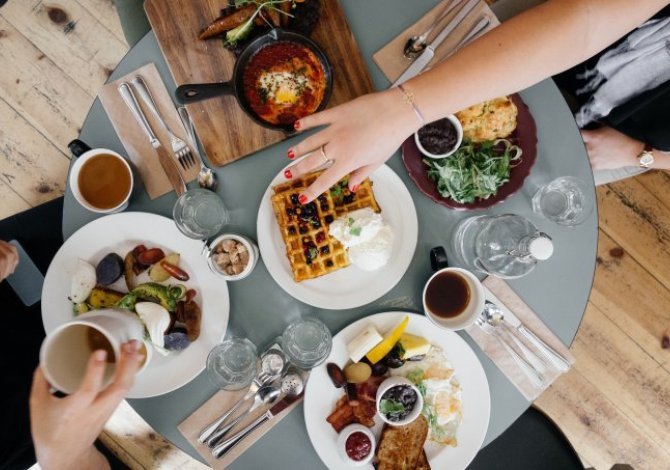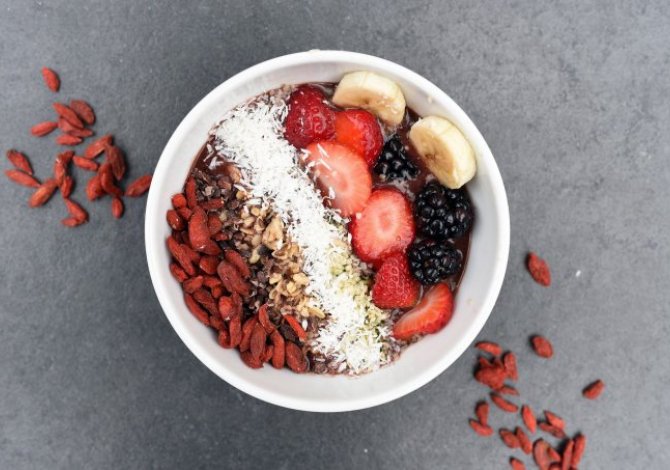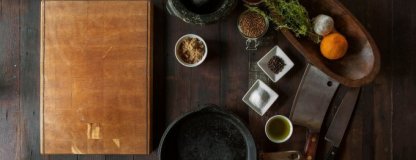Can't imagine your day without coffee? There is nothing better than a cup of small black in the morning. It sets you up and makes your day instantly better. Or maybe something more fancy like cappuccino or latte macchiato? Too much trouble and you can only drink good coffee in a café? Fortunately, you're wrong.
Types of coffee
First a bit of history. Coffee originally came from Ethiopia and was brought to Europe around the 16th century. When it officially appeared on Polish soil around the time of the Battle of Vienna in the 17th century, it was known in its Turkish form due to Polish-Turkish contacts. At first it was considered harmful, later it appeared in medical textbooks as a cure for stomach diseases. In those days the first real coffeehouses were established. Today we can make equally tasty coffee at home. Importantly, there are two varieties of coffee, which differ slightly in taste, origin and properties:
- Robusta - the younger variety. Discovered in the 14th century and generally considered to be slightly inferior. It has a stronger and more distinctive flavour and is less demanding in cultivation.
- Arabica - milder in taste and considered to be better. Originated in Ethiopia and now accounts for around 70% of the world's coffee market share. It is also grown in Asian countries.
At the same time, you can also choose from bean, ground, green, instant or flavored coffees. But as we all know, the best coffee is the one freshly ground just before brewing.
How do we brew coffee?
It has recently become fashionable to brew coffee using a Chemex or an Aeropress, or to brew it the traditional Turkish way. These methods are quite time-consuming but spectacular. The first one consists in placing a triangular filter in a special vessel over a jug. Pour water through it, then place the coffee in this filter and pour boiling water through the filter again. The principle is as simple as in the espresso machine. Another interesting method is the use of an Aeropress, i.e. a tube with a piston, into which one puts a suitable filter, finely ground coffee, pours boiling water and presses the piston. Contrary to appearances, Turkish-style coffee is not just pouring boiling water over the ground beans. Place the coffee mixed with sugar in a special pot. Heat the whole thing without letting it boil. When the coffee begins to bubble, remove it from the heat and wait until it cools down, and then reheat. Repeat the process three times. Pour a little cold water into the bottom of the container before serving, then pour in the brew. Thanks to this, the grounds will quickly fall down and the coffee will be clear.
These methods give a lot of satisfaction and work well when guests come and we want to surprise them, but in the morning no one wants to make coffee magic. We prefer when the coffee will make itself, and for this the best is own coffee machine. Nothing tastes as good as coffee from the machine.
Pressurized, capsule or drip?
We decided on the espresso machine. We did a preliminary research and the number of available options confused us. We can choose from filter, pressure and capsule machines. The principle of the filter coffee maker is the simplest, because it consists of pouring boiling water through a filter filled with coffee. The brew is good, but nothing more. Capsule machines give a lot of possibilities. The number of options, flavours, sizes and blends available in capsule coffee can be a delight, but some people may be a little disappointed with this option. The pressure machine, on the other hand, is in a class of its own. Thanks to the use of a pump, we don't have to worry that there will be grounds in the brew, and thanks to the fact that the machine heats the water to the perfect temperature in a few moments, the coffee will always be perfectly aromatic and full. All you have to do is put the cup in and the machine will make a delicious cup of coffee for you. Even if we can barely see in the morning.
Wondering about a pressure machine? Check here: http://www.delonghi.com/pl-pl.
External partner's material
















Comments (0)